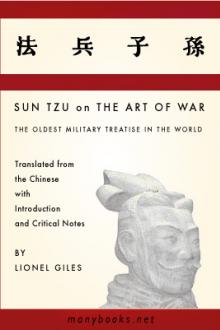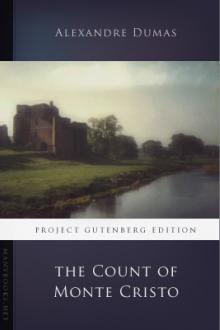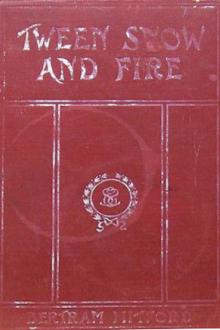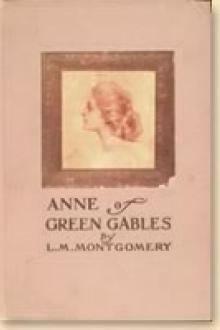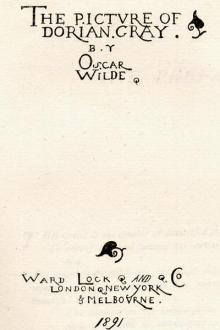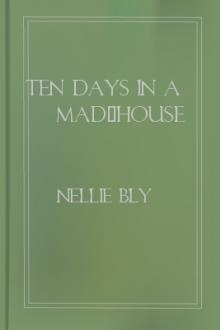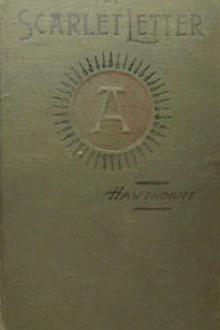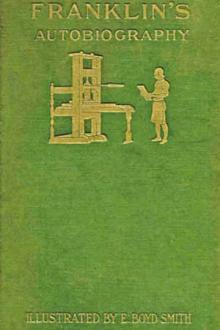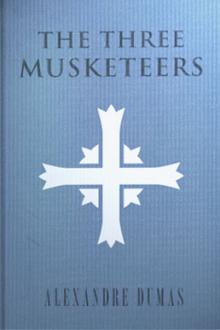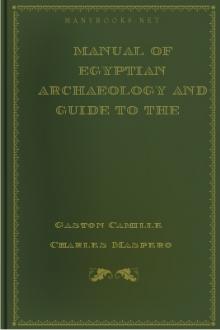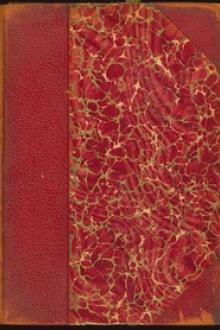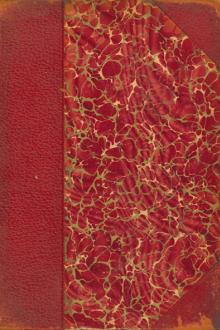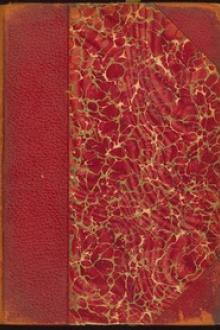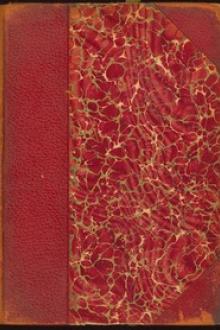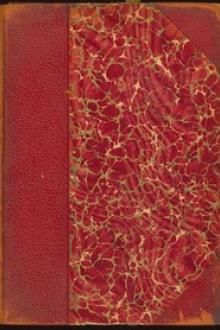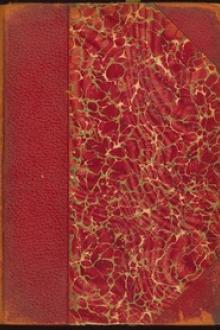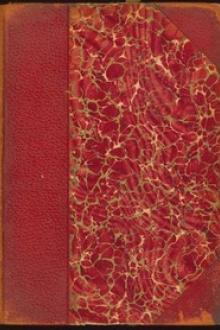History of Egypt, Chaldæa, Syria, Babylonia, and Assyria, Volume 2
Book Excerpt
The stele constitutes the essential part of the chapel and tomb. In many cases it was the only inscribed portion, it alone being necessary to ensure the identity and continuous existence of the dead man; often, however, the sides of the chamber and passage were not left bare. When time or the wealth of the owner permitted, they were covered with scenes and writing, expressing at greater length the ideas summarized by the figures and inscriptions of the stele.
[Illustration: 014.jpg A REPRESENTATION OF THE DOMAINS OF THE LORD TI, BRINGING TO HIM OFFERINGS IN PROCESSION]
Drawn by Faucher-Gudin taken from a "squeeze" taken from the tomb of Ti. The domains are represented as women. The name is written before each figure with the designation of the landowner.
Neither pictorial effect nor the caprice of the moment was permitted to guide the artist in the choice of his subjects; all that he drew, pictures or words,
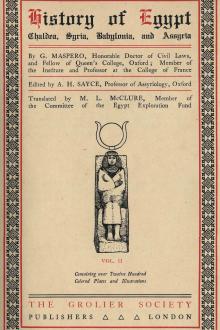
 Free Download
Free Download











